Brandon's journey took him from Canterbury in England to St Peter's Basilica in Rome, and he split this massive undertaking into two halves. He first walked the 1155-mile (1859km) route from Val d'Aosta, just south of the Swiss border, to Rome in 2000 (becoming the first American to achieve this feat!). In 2002 he completed the other half to Canterbury.
Please enjoy Brandon's account of walking the Via Francigena.
The Via Francigena: Trekking the Pathway to Paradise
In the entire world, reportedly, there were three roads to Paradise in early Christendom. The first is the Camino de Santiago that meanders 500 miles across northern Spain. This has been trekked by millions of faithful for centuries on their way to pay homage to the remains of the apostle St. James in Santiago de Compostela.
Of course, the path from Rome, center of the Holy See, to Jerusalem must appear in this sacred trinity. But in second position and gaining in popularity is the Via Francigena (The Frankish Route). Only recently has this important trail, whose origins date back at least as far as the seventh century, received the recognition it so richly deserves.
Originally the Via Francigena (VF) stretched as a series of trails from Canterbury, England to Rome. As far as anyone knows, its existence was first documented in a diary by Sigeric, Archbishop of Canterbury, who returned via the route in 990 AD. It is open to speculation, but many say this route existed long before Siric’s wanderings as a major crosscontinent trail for early kings, traders, artists and invading armies alike.
However, as the act of penance by pilgrimage fell out of popularity, walking paths were replaced by more sophisticated roads, and wars caused national boundaries to shift with startling regularity, this ancient passage grew less important and was nearly forgotten for centuries.
Today, thanks to the efforts of the Rome-based Association Via Francigena and European Council that recently named the V.F. a “Cultural Itinerary,” this historic path is re-emerging phoenix-like from the ashes of historic obscurity.
New guidebooks have appeared for the modern-day pilgrim or pellegrino. Efforts are “afoot” to increase trail markings with signage featuring a pellegrino logo, to enlist support of local and national walking and alpinist clubs, to move the trail off often busy, two-laned roads onto more tranquil farmland or back onto remnants of the original pathway and to promote the Via Francigena throughout Europe and abroad.
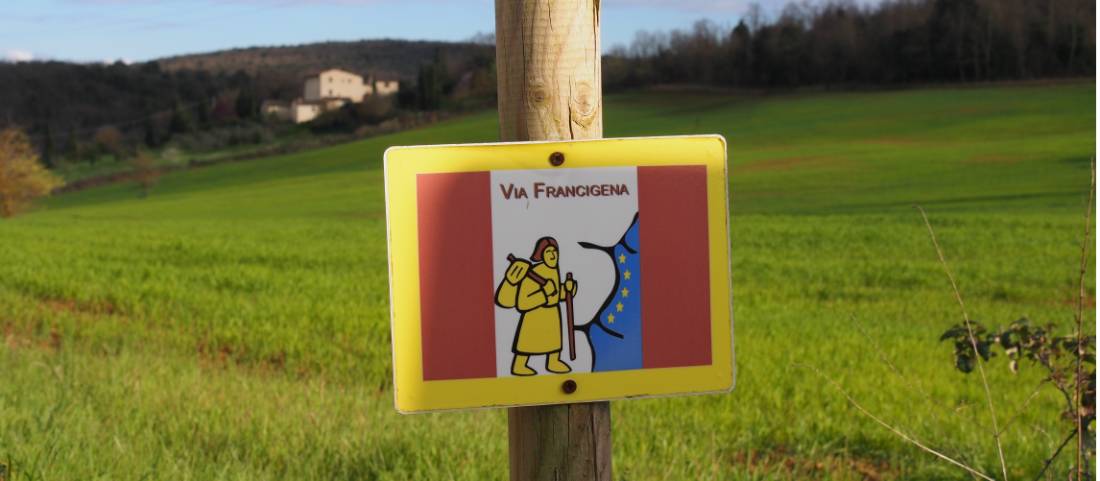
In the early days, pellegrinos undoubtedly had to endure bandits, extreme illness, wolves, difficult river crossings and dangerous encounters with hostile armies. Today those challenges no longer exist, allowing wanderers to make this trek with somewhat less hardship.
As the first American to complete the 1155-mile journey from Val d’Aosta, just south of the Swiss border, to Rome in 2000, and in 2002 from Switzerland to Canterbury, I can attest that this is one journey you’ll carry with you for a lifetime.
If you’re in fairly good physical condition, with perseverance and a relatively easy pace, you should be able to walk the entire route in 60-80 days.
But then again, who’s worried about speed?
Unlike the frantic, planned itinerary typical of other modern types of travel, it is important to remember that trekking the Via Francigena is not a race. It’s a one-step-at-a time mode of travel that slows down your mind and opens your heart.
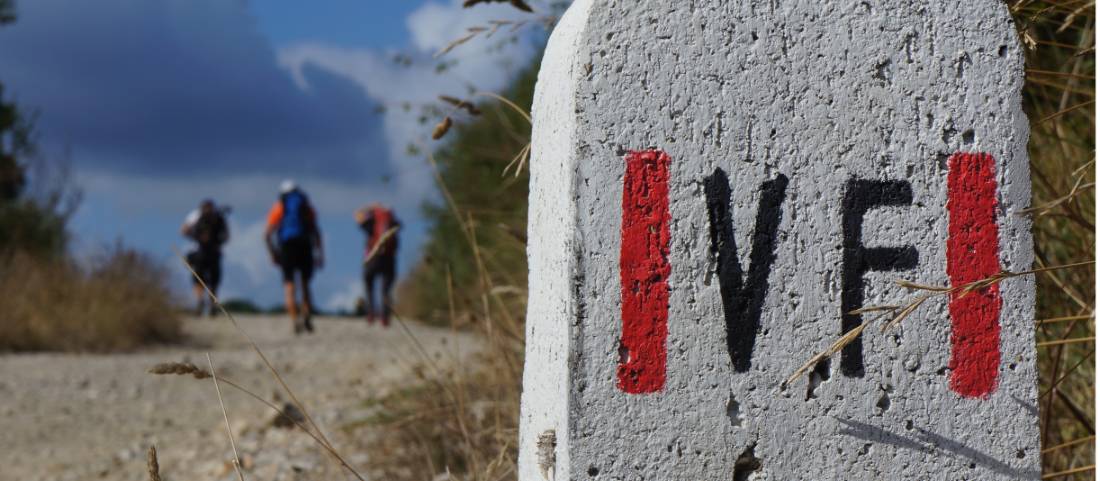
Everyone walks at their own pace, either alone or in a group. Following signposts, or an up-to-date guidebook, you can anticipate walking 12-20 miles (19-32km) a day. Of course, it ultimately depends on the weather (heat, cold or rain), your physical condition and attitude. Equally important to consider is the location of villages, and whether they have accommodations (many do not), or parishes that are pellegrino-friendly.
To some locals, the pellegrino concept more foreign than the Euro. I had more than a few strange looks, as this weary, weathered backpacker shuffled into town. On one occasion, a lady nervously clutched her brooch as a fellow pellegrino and I passed her on the sidewalk.
Another day, in the pounding rain, we were forced to present our identity papers to the obviously bored local Policia. With a bit of a flourish, we were amused to present our pellegrino credenzialis to the startled officers.
Before leaving on this pilgrimage, you can contact the helpful Association Via Francigena in Roma to request this passport-like document (editors note: UTracks supplies these to clients). The credenziali del pellegrino Romeo, with its origins in the Middle Ages, identifies you as a “true” pilgrim, and not just some impostor taking advantage of everyone’s hospitality along the route.
Arriving in each village at night, you take your credenziali to the church, cathedral or duomo and have it stamped by the priest or even an unassuming archbishop, such as the one who stamped mine in Viterbo, Italy.
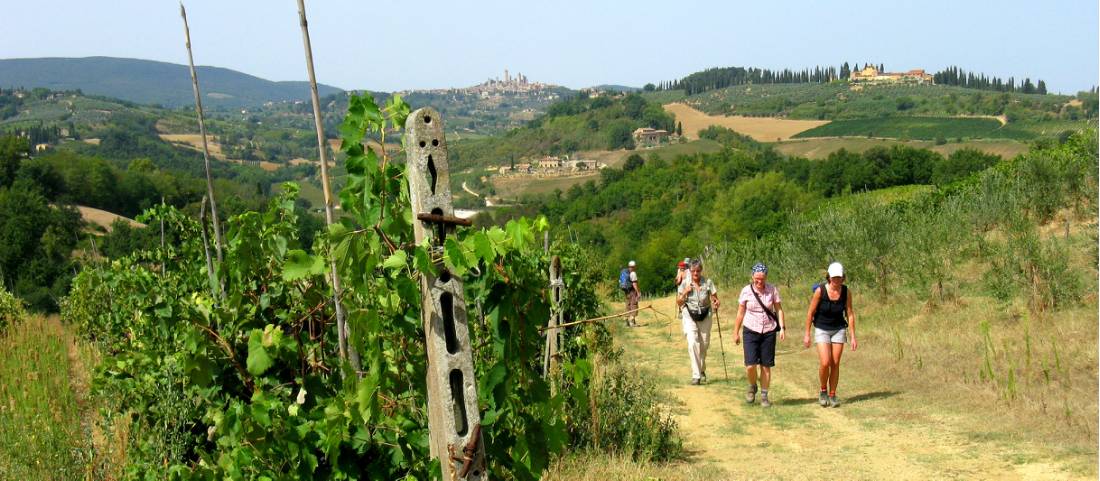
Enroute, however, this passport has more practical purposes. Presenting you as pellegrino, it is a great conversation starter, a source of local amazement, and may even open the door for you to sleep for little or no cost in the local parish, monastery or convent. This is an experience not to be missed.
Of course, you could choose to sleep in some of the region’s finest hotels, bed and breakfasts or spa resorts. But for me, it was important to stay true to the concept of pilgrimage and vastly more memorable to collapse in these historic religious hostels. The chance to “break bread” and share Chianti with Franciscan, Augustine, or Capuchin monks was preferable to any homogenous, non-descript hotel.
(Besides, travelling light with only a small backpack, cruising the local discos was never an option for me. I had nothing to wear.)
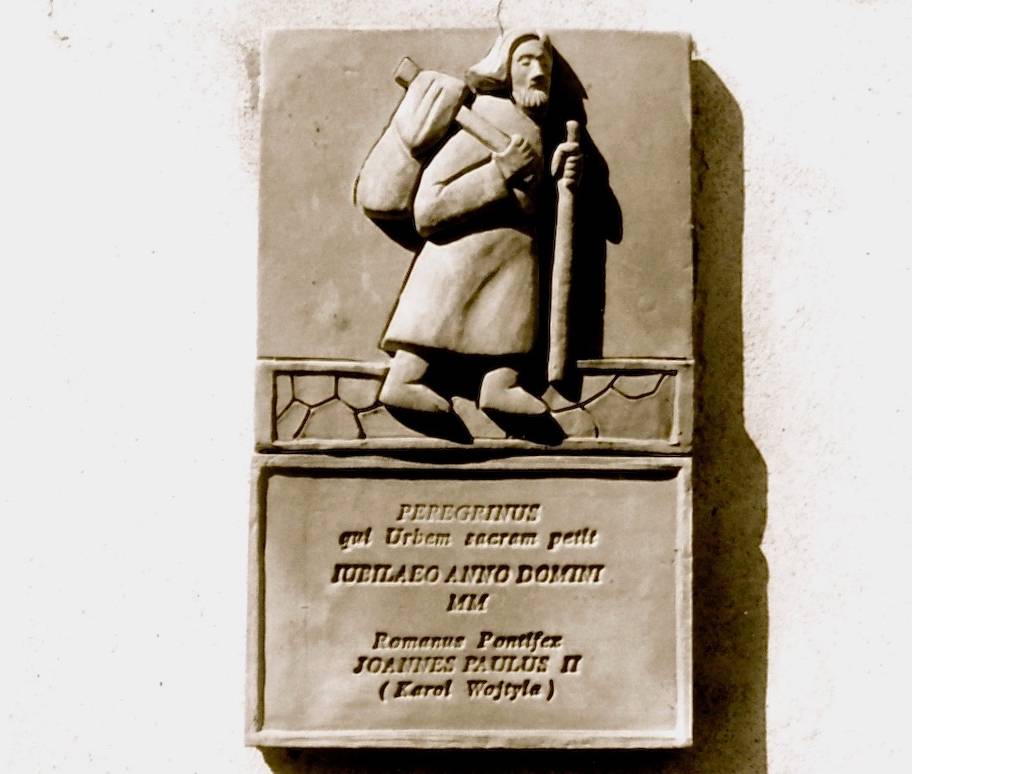
Carrying your own pack, you quickly realize what is most important on the trail and, perhaps, in your life. Extra weight is equated with more aching muscles and bigger blisters. So, what you don’t need–definitely leave at home. Pack as if you’re going for a weekend hike in the mountains. A stove and tent are unnecessary. Food supplies are plentiful–and exceptional. Taking a lightweight sleeping bag is a good idea since many parishes still do not have beds, let alone bedding. Here, again, is where that good guidebook comes in handy, especially one with suggestions of where you can stay.
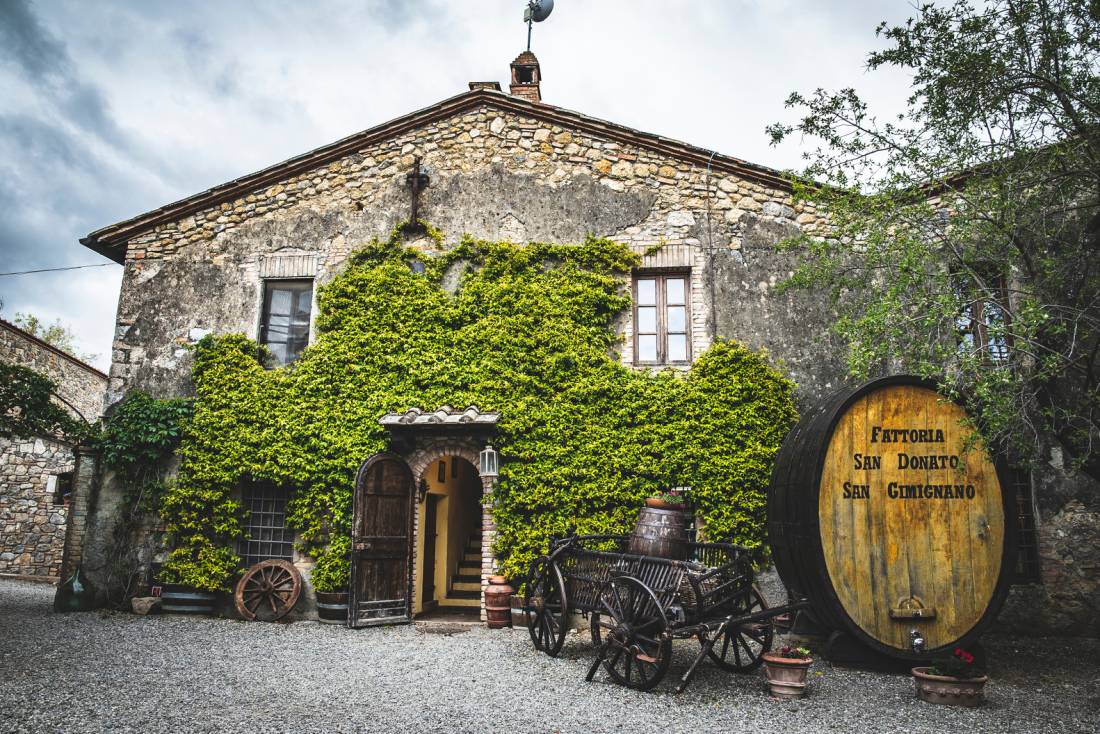
Today, in many ways, anyone following this trail is a "pioneer" of the new Via Francigena. Although village priests are generally curious, approving and supportive, many parishes are unequipped to deal with overnight guests. Oddly, I found that sometimes the most opulent cathedrals and richest parishes were less welcoming than the tiniest of crumbling village churches.
There’s nothing more disheartening on the trail than, after walking in the often brutal heat for eight hours, to arrive at an imposing church, present your credenziali to a smiling priest for its stamp, then be told essentially "there’s no room at the inn."
It does happen. Don’t be surprised when you’re told "so-and-so" town is just 10 kilometers away. Little do they realize that involves a several hours trek in near darkness. But this is the exception.
Generally, I found the French and Italians delightful and generous. Some of my fondest memories of the journey were nightly sessions spent practicing my mangled Italian and awkward hand gestures with curious villagers. There was a universal astonishment that someone would walk to Rome, a wide-eyed fascination with the Via Francigena, and a genuine warmth you don’t find among jaded locals in major tourist destinations.
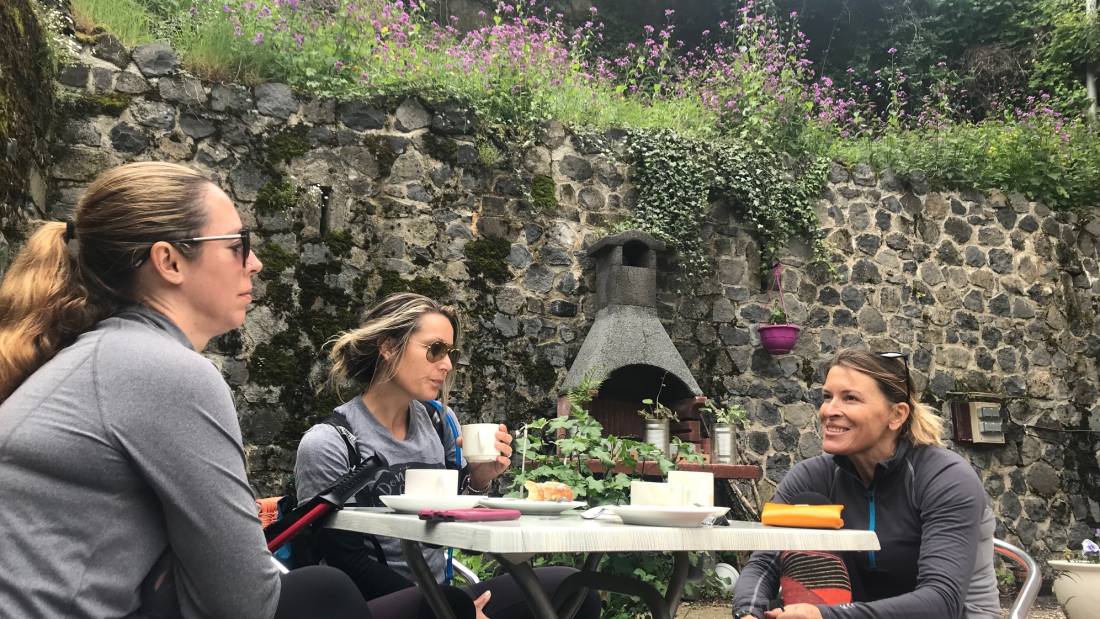
From the simple fruit peddler who wouldn’t accept payment for his apple, to the café owner who treated me to a steamy morning espresso, to the small town priest, his housekeeper and mother who treated us like royalty and wept when we left, to the local mayor who let me use the village’s sole internet connection to check my e-mail, to the Sisters of San Guistiniana who took me in for the night and fed me when I could walk no farther, to the amiable WW II paratrooper who’d served with the American Allies who bought me a glass of vino to toast his comrades, these folks were a few of the unexpected treasures along the VF.
So who walks the Via Francigena today? Unlike the thousands trekking the Camino de Santiago, you will still be a pioneer today on the VF. During a pilgrimage in fall 2000, my pellegrino companion for the first two weeks was Juan Ignacio Preciado, a Basque engineer who had hiked part of the Camino with me in 1999. Over four weeks on the trail, I met a total of six other pilgrims: a Frenchman bicycling to Jerusalem and five German cyclists enroute to Roma.
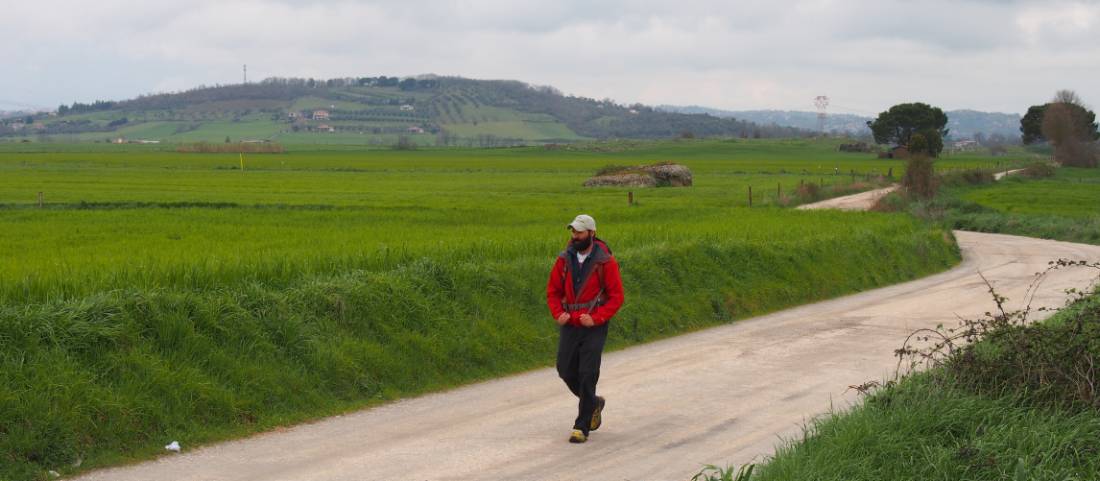
So what is it that attracts today’s pellegrinos to the VF?
It’s still a spiritual odyssey. It’s a chance to shut out the distractions of a busy world, to meditate, to reaffirm your faith, to search for answers, to find inspiration. This is the perfect venue, closer to a walking meditation than a marathon.
Opportunities for such peaceful reflection should improve with time, as the trail moves away from the often-dangerous roads. The Association Via Francigena is working to move local governments and farmers in this direction. However, at present, be forewarned. Italians, although conscientious drivers, love to push their Fiats to the limit. The narrow thoroughfares are garlanded with monuments to fallen drivers and pedestrians. Some stretches of the path will test your bravery, faith and devotion. Your guardian angels will work overtime.
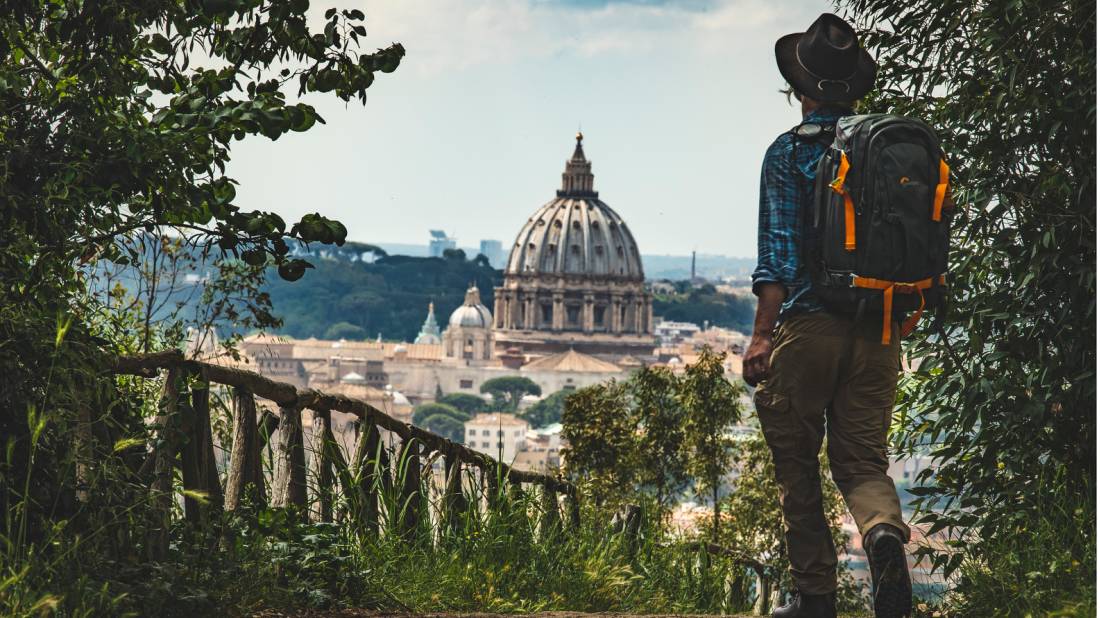
But the country roads in France and well-marked trails in Switzerland and Southeast England are a pure delight. This is the way to steep yourself in local culture–and travel across time.
The Via Francigena presents many opportunities to discover precious art and architecture, such as Siena’s magnificent marbled Duomo, or its neighboring living museums in Lucca and San Gimignano. It’s a chance to stroll ancient Roman roads. Explore castles, elaborate fountains, frescoes, sculpture and holy relics sequestered in tiny chapels along the way. Experience local festivals, such as the Choucroute Celebration and “vendage” of the Champagne region.
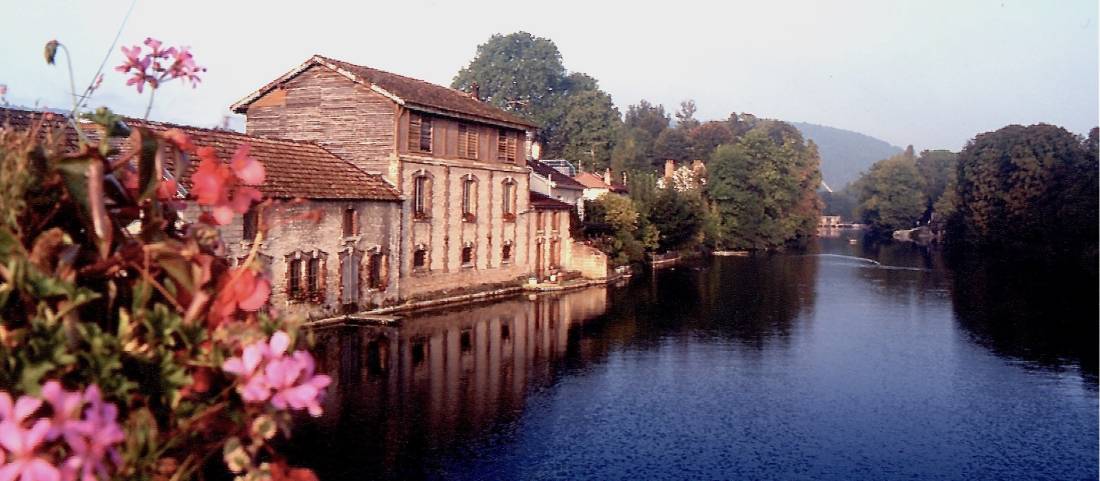
For some, it is simply the opportunity to take part in a rich tradition of wandering the same path in the same spirit (earning the same aching muscles and blisters) as thousands of pellegrinos this past millennium.
Revel in the exploration of traditional Italian delicacies, from Pontremoli’s specialty, the wonderful morsels of earthy fungo (mushrooms) to Rome’s melt-in-your-mouth buffalo mozzarella. All the delicacies from your favorite cooking show are right there: from the abundant savory chestnuts that are at your feet simply for the gathering to the tartly satisfying Gorgonzola pizzas and gooey fondue of the alpine north.

And of course, no sojourn would be complete without sampling the most incredible variety of wines. Sip rare local champagnes direct from their caves, sample the refreshing white wines of the Lausanne region, savor deliciously chilled vino bianco at corner cafes from Aosta to the Ligurian Sea. Then continue your gourmet quest south with hearty Tuscan rossos, Chianti and refreshing Brunello of Montalcino, as you wend your way toward serene Lake Bolseno.
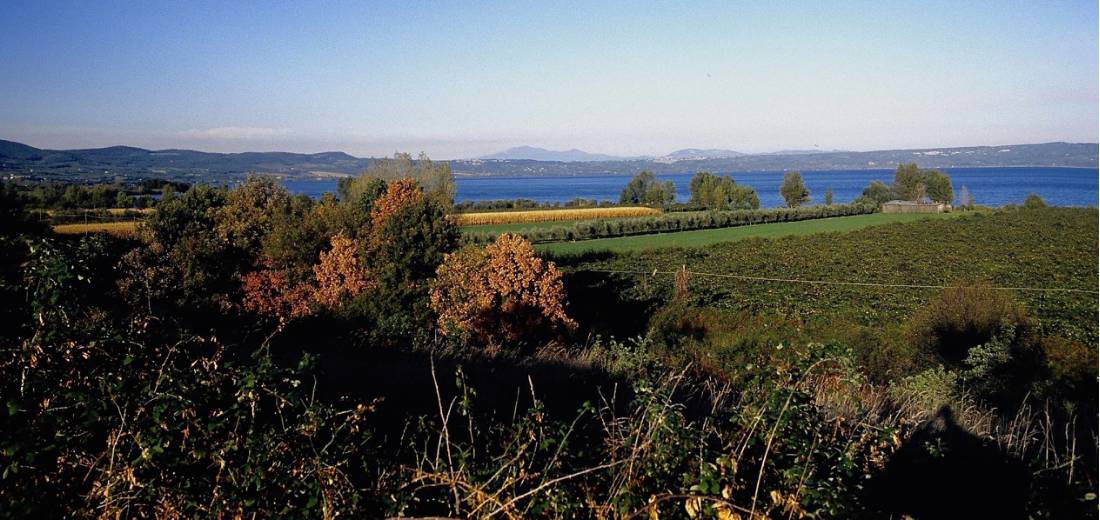
If you begin in Canterbury, you might be interested in attending a special pilgrim’s blessing at Canterbury Cathedral. As you arrive in Rome, one interesting way to end your pilgrimage is to attend the Pope’s public audience held from 10 am each Wednesday, at this writing. For me, it was an emotional avalanche. It’s such an amazing contrast to walk alone past shepherds and their flocks one minute and emerge in St. Peter’s Square within the hour. Perhaps a hundred thousand folks who had arrived for the 2000 Jubileum Celebration were corralled in front of a diminutive Pontiff bookended by television screens the size of two story buildings.
The faithful had come from around the world. But maybe I was the only pellegrino who had walked there.
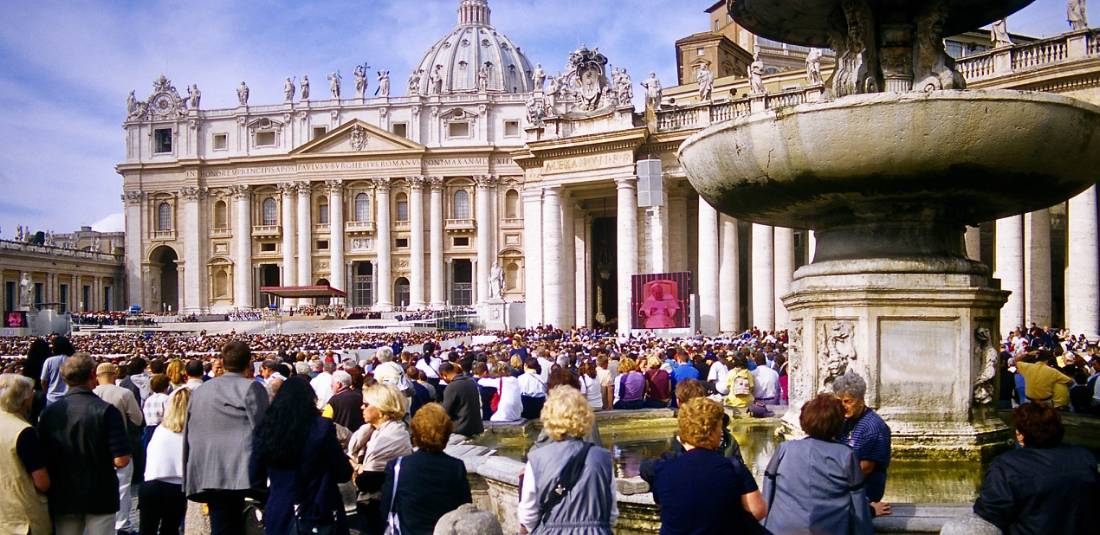
While facing St. Peter’s Basilica, visit the Association Via Francigena’s representative who is located in the Vatican Post Office to your left and in back of the Pope’s podium. There, you will receive a hearty welcome and Vatican postcard stamped with your day of arrival.
Finally, no matter what your motivation for this journey, take the time to leave yourself open to the “magic” of the experience, the inspiration, your silent companion along the way. Besides relics, relaxation, food and fresh air, you will return to your everyday life with an even more precious memento of the Via Francigena. You will change. Life will never be the same. And perhaps you will have found the answers you truly seek.
Buono viaggio!
As the Italians say, "Sempre diretto!"
May the stars light your way
and may you find the interior road. Forward!
– Traditional Irish farewell
Wilson is a member of the Sovereign Hospitaller of St. John of Jerusalem-Knights of Malta, and an International Fellow of the Explorers Club. He currently lives in the French Alps.
All of Brandon's works are available from Amazon as either e-books or paperbacks, with prices starting from as low as $4. UTracks earns no commission on these links, 100% of it supports Brandon.